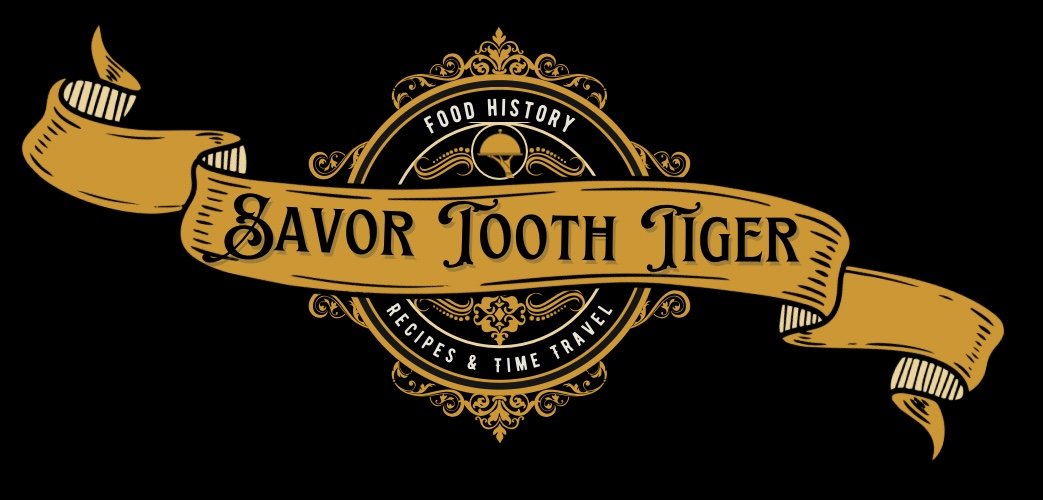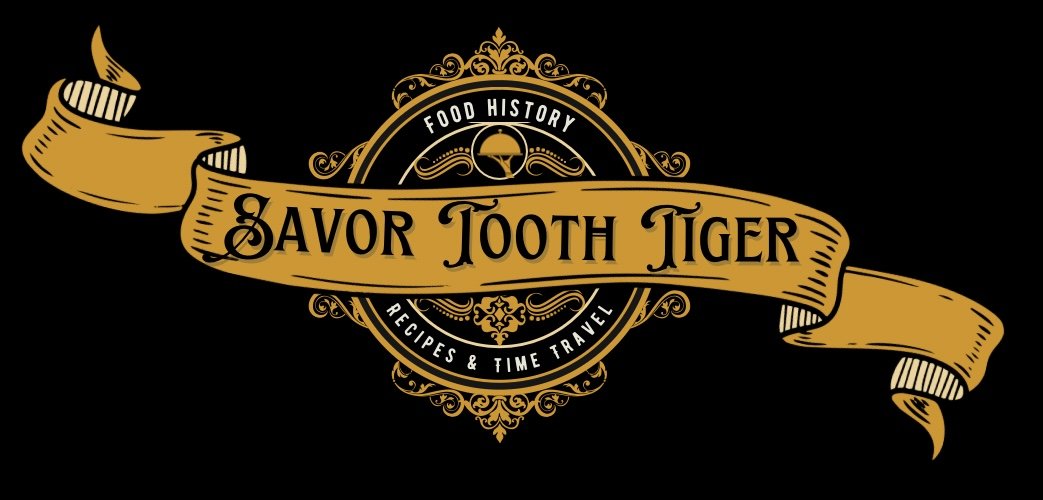WW2 Rations & Victory Gardens
We’re going back to the 1940’s to learn what Americans were eating on the home front during World War 2. We’re making a classic meal with rationed ingredients: meatloaf, mashed potatoes and glazed carrots. What exactly is a victory garden and who did the work? Many of the ideas to “win the war with food” were repurposed from earlier times of need like World War 1 and the Great Depression. Victory gardens were a way of producing as much food at home to keep necessary food, energy and shipping toward the war front. Instead of ships bringing food to America, they could transport materials and food to troops overseas. With men going to war, women and children stepped up to do their part by growing and preserving their own fruits and vegetables. In 1943, over 20 million victory gardens were producing 1/3 of all American produce.
Even First Lady Eleanor Roosevelt had a victory garden planted on the White House lawn in 1943. Students tended to their victory gardens at school. With men off to war, American women went into the workforce. Nearly half of American women held a wartime job. Many served their country on farms, in factories, as nurses or in the women’s Army Corps or Navy Women’s Reserve where they drove trucks, repaired airplanes, served as radio operators, and flew military aircrafts. The women’s land army recruited over a million women to harvest crops, drive tractors and even sheer sheep to counteract the deficit of farm workers sent to war.
This is a classic American meal of meatloaf, mashed potatoes and glazed carrots with rationed ingredients. Why meatloaf? Ground beef was fewer ration points than steak or roast. Americans still wanted meat but found clever ways the stretch it. Using breadcrumbs, eggs, and milk created a larger loaf with less meat. Ground beef was incredibly popular in the 1940’s and pork supplies stayed high throughout the war so I’m using a mix of both. War meatloafs often contained liver, soy, cereal or beans as filler but don’t worry, I wont put you through that. Ketchup and brown sugar is a traditional meatloaf topping but I’m going to reduce the sugar because it was one of the most rationed ingredients. Ingredients like carrots and potatoes could have been grown in victory gardens to supplement food on the table. Sugar was rationed but maple syrup was not and makes a great glaze along with a little saved bacon fat for added flavor. Bacon grease was precious. Americans even returned used bacon grease to the butcher who would then send the used fats to factories to be transformed into glycerin for explosives. Yes, you heard me…they turned Bacon into bombs! Every little bit went to the war effort. Potatoes were widely available and easily grown. Butter was strictly rationed so I used just a few tablespoons. Fresh milk was not rationed & adds flavor and creaminess to mashed potatoes. There were plenty of sides to round out a meal. Victory garden produce helped fill in the gaps to feed more people, home and abroad. Commercially canned vegetables and convenience foods like dried potato flakes were strictly rationed so they could be used to feed American troops abroad. Americans on the home front made due with what they could so that troops would have enough food and energy to fight.
How did rationing actually work? Pictured below are real ration booklets from 1943. Although it may have been frustrating, many Americans preferred the ration system to the possibility of not having access to goods due to hoarding or stock piling. Rationing goods kept things fair when staples like butter, canned goods, sugar, coffee, and gasoline were scarce. Recipe books with clever ways to use rationed foods were available everywhere from magazines, schools, & church groups. Schools and home extension workshops taught people how to use, shop and cook with rations. Americans waited in long lines to get their ration books. Propaganda posters showed Americans that “food will win the war”, if they just did their part. So what could Americans eat? Non-rationed items included fruits, vegetables, fresh milk, eggs, maple syrup, poultry, fish and honey. Any foods grown at home in victory gardens including home canned jams and pickles. Many people hunted, fished and even raised chickens & rabbits. What were the most rationed ingredients? Sugar, coffee and meat were strictly rationed and most expensive. Fats of all kinds, including oil, butter and margarine were rationed. Sugar was incredibly hard to come by so families put their rations together to bake for special occasions like wedding cakes. Convenience foods, canned goods, and chocolate were needed to feed the troops. Did you know that M&M’s were developed for WW2 soldiers so they could have chocolate that wouldn’t melt? Chocolate was an important source of calories and energy for soldiers. Hershey even made an emergency D ration bar.
Home canning was another way that Americans produced their own foods. Using victory garden produce, they made their own jams, jellies, pickles and canned vegetables. Canning centers and classes were set up to provide resources to communities. They provided knowledge of how to safely preserve foods without botulism. The sacrifices Americans made with food rationing and victory gardens helped the United States win world war 2. We remember these sacrifices along with the many lives lost serving our country in world war 2. Here’s to victory and I’ll see you in the next era.

WW2 Meatloaf, Mashed Potatoes & Carrots
Ingredients
- 1 pound ground beef
- 1 pound ground pork
- 1 cup seasoned breadcrumbs
- 1 cup milk
- 1 egg
- 1 Tablespoon Worcestershire sauce
- 2 teaspoons salt
- 1 teaspoon ground black pepper
- 1/2 cup ketchup + 2 tablespoons brown sugar (for glaze)
- 5 pounds of Yukon gold potatoes (peeled and diced)
- 1 1/2 cups whole milk
- 4 tablespoons of unsalted butter
- 3 teaspoons salt
- 1 teaspoon pepper
- 1 pound carrots
- 1/2 teaspoon salt
- black pepper
- 2 tablespoons pure maple syrup
- 1 tablespoon bacon fat
Instructions
- Mix all ingredients in a large bowl using a spoon or by hand.
- Put mixture into a loaf pan. Mix brown sugar and ketchup in a small bowl. Cover the loaf with the sugar/ketchup glaze.
- Bake for 1 hour at 350 degrees farenheit. Let cool before cutting into.
- Peel potatoes. Medium dice and add to a large pot of boiling water. Cook covered for about 15 minutes or until a knife easily pierces the potato.
- Drain potatoes into a colander. Heat milk (either on stove top or microwaved). Add potatoes, hot milk, butter, salt and pepper to a large bowl. Mash potatoes very well with a potato masher.
- Peel carrots. Cut carrots into even sized coins. Add to a casserole dish with maple syrup, salt, pepper and bacon fat.
- Cover and cook for 30-45 minutes at 350 degrees Fahrenheit.












